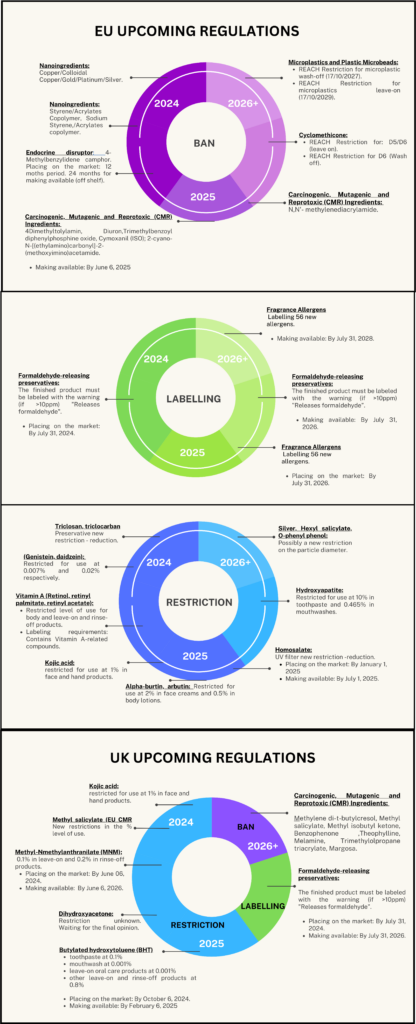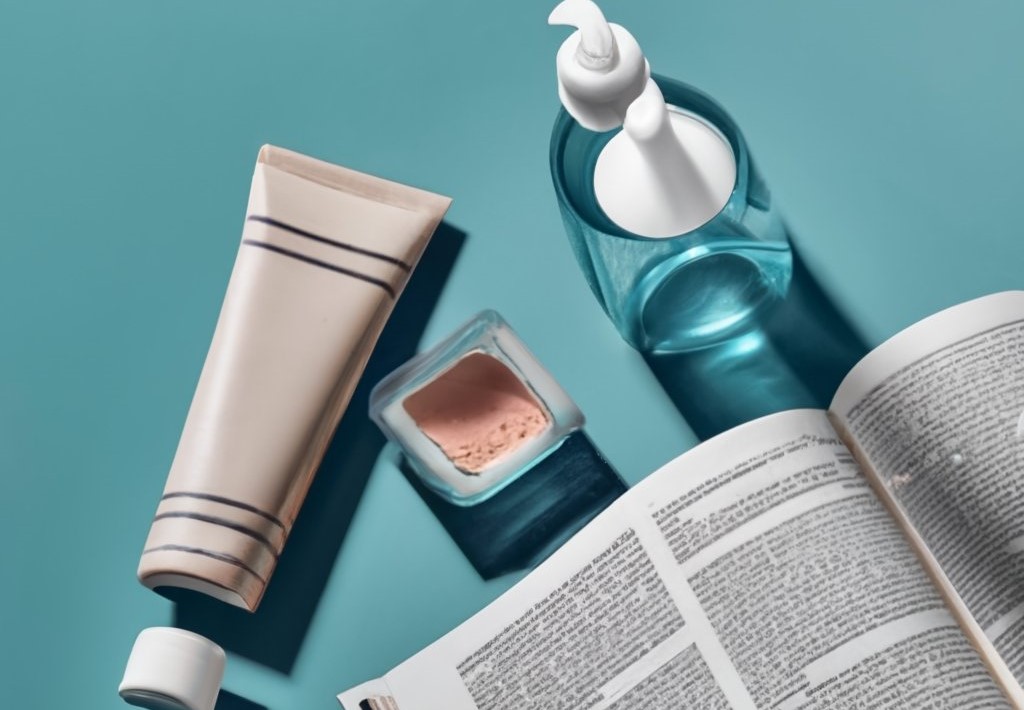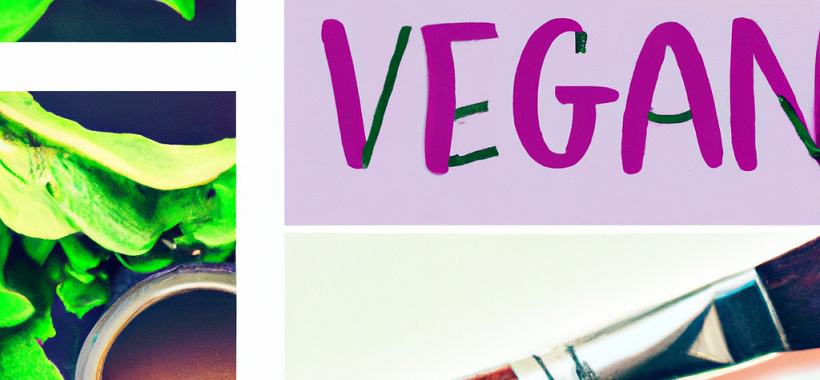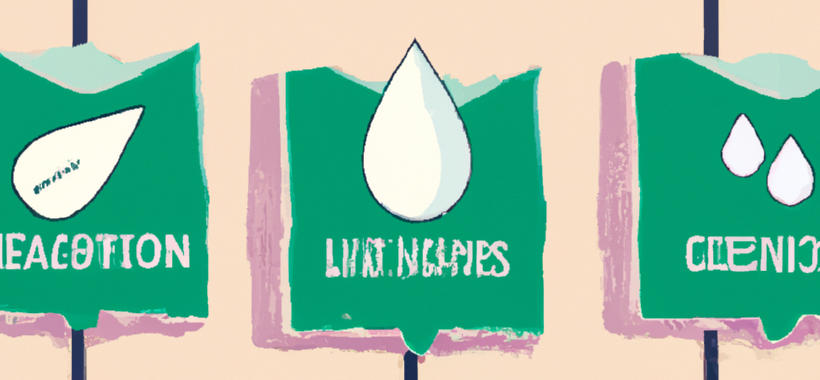Stay ahead in the cosmetics industry with the latest regulatory updates to boost product safety and sustainability.
EU Regulatory Changes:
BHT and Acid Yellow 3 Restrictions: From January 1, 2024, products containing BHT or Acid Yellow 3 that do not meet the new EU regulations will be removed from the market according to Regulation (EU) no. 2022/2195.
A kind reminder about the following restrictions
- For BHT:
- Mouthwash: 0.001%
- Toothpaste: 0.1%
- Other products (rinse-off and leave-on): 0.8%
- For Acid Yellow 3:
- Non-oxidative hair dye: 0.5%
The 51st amendment to the IFRA, published on July 10, 2023, introduces 48 new standards. Among them, the following updates are highlighted:
- A ban on 3-acetyl-2,5-dimethylfuran due to genotoxic concerns.
- 11 revised safety standards covering skin sensitization, phototoxicity, and systemic toxicity.
Deadlines:
- For banned ingredients in existing creation: July 30, 2024.
- For new/updated standards:
- New creations (defined post-January 30, 2024): March 30, 2024.
- Existing products: October 30, 2025.
*A “new creation” refers to any fragrance composition designed after January 30, 2024. An “existing creation” includes fragrances already available in consumer products or those designed before January 30, 2024.
Formaldehyde Release Labeling: By July 31, 2024, cosmetics with preservatives that release formaldehyde above ten ppm in the finished product must be labeled with the warning “Releases formaldehyde,” according to EU Regulation 2022/1181.
- Manufacturers have until July 31, 2026, to sell stocks and recall non-compliant products from the market.
Zero deforestation and Forest degradation: Starting December 30, 2024, EU Regulation No. 2023/1115 mandates:
- Ban products not meeting “Zero deforestation” and “Zero forest degradation.”
- Compliance with the production country’s laws.
- Mandatory due diligence and information management.
Essential materials affected: palm oil, coffee, cocoa, and paper.
- Deadline:
- SMEs and VSEs have an additional six months to comply.
Anticipated Changes for 2025
Homosalate Concentration Adjustment: From January 1, 2025, the permitted concentration of homosalate in cosmetics will decrease from 10% to 7.34%, and its use will be limited to non-spray face products. Products not meeting these standards will be banned from being marketed.
- Deadline:
- The grace period is until July 1, 2025, to sell and dispose of existing non-compliant stock.

International Regulations
Canada’s VOC Emissions: From January 1, 2024, Canada’s Regulation on volatile organic compounds (VOC) limits comes into effect for various product categories, including certain cosmetics listed in the Regulation’s annexes (https://canadagazette.gc.ca/rp-pr/p2/2022/2022-01-05/html/sor-dors268-eng.html).
Manufacturing or importing cosmetics with VOC concentrations above the set limits is banned. However, before this date, products already on the market can be sold until stocks are depleted.
China’s Packaging Standard: As of September 2023, China’s GB 23350-2021 standard mandates limits on food and cosmetics packaging to prevent excess. Key points include:
- The interspace ratio (volume of the package without contents versus total volume) must be under 30% for products over 50 mL or g.
- Packaging layers cannot exceed four.
- Packaging costs (beyond primary packaging) must not surpass 20% of the product’s sales price.
Products not adhering to these rules will be deemed excessively packaged.


